I can’t remember having a more enjoyable Spring/Summer of fishing as this year. Usually by September I try to move on to another water just for the autumn and early winter, partly as a change and a recharge as much as anything, but this year it has all been about one and I couldn’t get enough of it.
The lake is a new and unique challenge, 70 acres of wild and windswept water broken up by three islands, two of which you are able to fish from, meaning it is all entirely boat angling, which again was a first for me. Once I’d recovered from the initial expense of getting all the necessary kit required, and grown more confident in using it, I found the challenge to be as exciting as anything I’d done before. It meant scaling down my kit, and the Tempest brolly proved to be an excellent addition, in the end I even dispensed with the bag, and wrapped it up in the tension strap, but it gave me maximum protection with minimal size and weight.
There are advantages and disadvantages to boat angling, and along the journey this year I’d discovered both. The sense of achievement of finding a spot in a bit of water bigger than I’d ever fished before, and being able to get a rig and bait so precisely placed is a real buzz. But being out in the lake in a big wind and heavy rain and trying to place a bait in a tiny hole in weed isn’t so much fun. I had really taken to it, and it had certainly helped that I had caught a few fairly early on, which was a big confidence builder.
I needed to bring in some changes and as someone who tends to stick to what works, I found that took some getting my head around. The biggest one was using braid as a mainline, which I had used years ago, but had never got on with at all. This was different though, as times had moved on, and the old braid that I remembered as being so obvious, never sinking and giving me loads of false bleeps every time there was a breath of wind has been updated by something that definitely caught me more fish than mono would have. I nervously spooled up with Gardner’s Hydro Sink in 22lb, but shouldn’t have worried, as it sinks like fluorocarbon and lies perfectly on the spool, with the added advantage that as the weed got up, it cut through that so much better, meaning it was an easier job extracting hooked fish. The lack of stretch gave instant indication at range, and it was a strong as anything.
In the Spring I’d had a few fish from different areas, mainly by arriving at first light, loading the boat and drifting around the lake until I saw something to fish for. Whilst my big mate Jim was targeting areas that he felt the bigger fish were, I took anything I found, and if I saw fish, whatever the size I’d fish for them. This had worked well, and on a couple of occasions I’d set up on small fish, and caught something bigger that I hadn’t even seen. I tried to learn as much about the pond and its features in as short a time as I could, and tried several different areas, both with and without success. What made location tricky as the summer progressed was the weed, or lack of it. The hornwort came up, emerging from the depths like Christmas trees, but the Canadian that I was expecting never seemed to take hold, which meant many areas of the lake were barren. As a consequence the fish either never visited them, or if they did, they didn’t stay for any length of time. A few times I set up on them, in the hope that they would return later, and they simply never did. One of the negatives of boat fishing was going out to my spots and seeing all of the bait still there and undisturbed from the day before!
This made the lake much smaller, as any areas of weed, even if it was just hornwort, which wasn’t my favourite to actually fish in, and snags, were where the fish seemed to be present most of the time. I enjoyed fishing in the weed, especially when it came right up to the surface, as I could paddle slowly through this, and seek out the holes between the strands of weed. Some of the holes were filled with shorter weed, but with the aid of a donking rod, I could find ones that went all the way to the bottom. I’d mark these with a weighted wooden cane, throw a few handfuls of my favourite B5 into them, and then lower in the rig until I felt it go all the way down. This was easy in calm conditions, but a trial in strong winds, with the motor clogging up in the weed, and trying to get my bearings and row out there, with the rod all at the same time! I once classically spent about half an hour trying to get my rig in a tiny tunnel through the weed in a howling gale, only to get back to the bank and find it was a spot that I had already put another rod in, and had totally lost my sense of direction out there!
It was all part of the learning process, and when it went right it was great. One aspect that was vital was getting the line lay right, as in all cases really. However when you’re doing it from the rig back to the bank, rather than the other way round it was even more important, especially when fishing in these weed holes. I much prefer fluorocarbon leaders now to leadcore, finding it just as strong, far more covert, and its sinking abilities are outstanding. Mirage in 20lb was the one, and I’d add a few big blobs of Critical Mass Rig Putty on it too. Once I’d placed the rig I would sink the rod as far as I could and lay out the leader along the bottom, threading it between the strands of weed as I made way back to the bank. Sometimes this could take ages, but I became paranoid about it, and found myself unable to relax unless I felt that I had it absolutely correct.
I was using the Drop-Out Chod Clips under a tail rubber to discharge the lead, which worked brilliantly every time. It did confuse me though, as many times I had screaming runs from fish hooked in these tiny holes. When it seemed that they had nowhere to go because of the walls of weed!
As the summer went on the weed began to die back, and the holes disappeared as it all sank down. I wasn’t too worried, as with the hot weather, and high pressure I always found fish in the snags somewhere on the lake. The middle of the lake didn’t appeal, and I found myself fishing the snags more and more. To be fair there was a method to fishing them, and my friend Jim showed me it fairly early on, after he himself had achieved some fantastic results. The other advantage I had was the bait, as the fish loved the B5 in whatever quantities I put in. I actually fished a session in the snags, that when I arrived I found was covered in boilies that had been put in by another angler at the weekend. Nevertheless I persisted, and I took a fish the following morning after putting some of my own out on top. When I went back out to place the rig after the capture, I saw all of my bait had gone, but the other boilies were still there! That said, I did have a couple of instances of discovering all my free baits had gone, and only the hook bait remained!
Snag fishing brought me some good results, especially in the poor conditions of late summer, but they did seem to be mainly the smaller fish as time went on, and the more I fished them the more the fish certainly seemed to wise up. Not only by leaving the hook bait, but also by the way they would power off into the trees on being hooked, rather than coming out. This made the fishing intense, as I had to be right on the rods all the time, and really give them nothing on hooking them. Having strong tackle and confidence in it was vital, but I lost a few fish by hook pulls in the heavy weed, which was disappointing, and it took the edge of what I felt was a really good start on there.
I learnt that this lake really didn’t fish in high-pressure conditions, and I found myself trying to plan sessions around these, rather than just going anyway. In a decent low pressure the fish really showed, and it was really motivating, however when it was up I had a few trips when I saw almost nothing, and in 70 acres it made location so much more difficult. I had a last trip there in late October, and after seeing nothing I set up in a deep corner that just looked fishy. I did see the odd one during the trip but they seemed very much spread out, and as I unloaded my trusty boat back at the jetty 48 fishless hours later, I wondered if it would be Spring before I returned, but even now I can’t wait.
Another first this year was hooking Barry the 5 foot barracuda whilst on a family holiday. He lived under the jetty, and never moved far, as when the boats returned he would always get some sort of meal. He was clever though, and I managed to capture him brilliantly on film on the Go Pro one day, however in an attempt to get closer footage and whilst stretching out with the pole, I lost my footing and fell in, almost on top of him. Never have I got out so fast, in something that resembled a scene from Jaws! However one day whilst playing a small Jack, out he shot from under the wood and devoured my catch, which snapped the line, and left me shaking. However there was a highlight of swimming with huge Stingrays, and my younger boy Matthew held one up for a photo like a carp trophy shot!
Until then there’s a winter to get through, and hopefully some good fishing elsewhere to look forward to…
Good luck, Rick Golder.



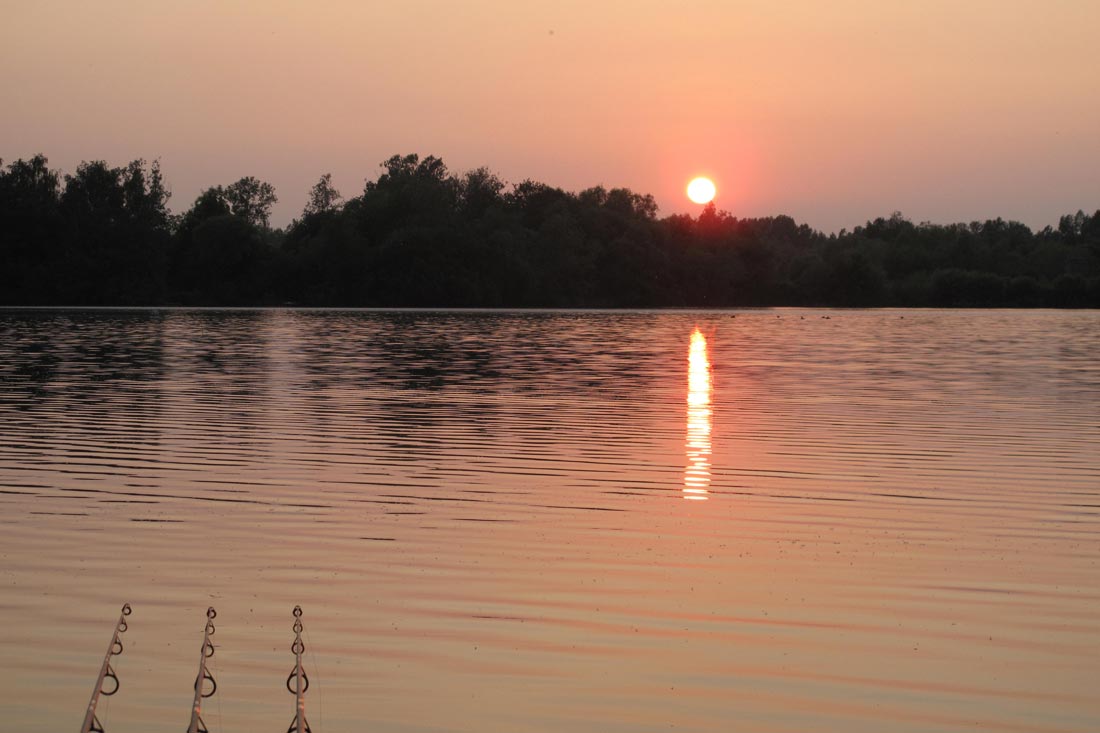

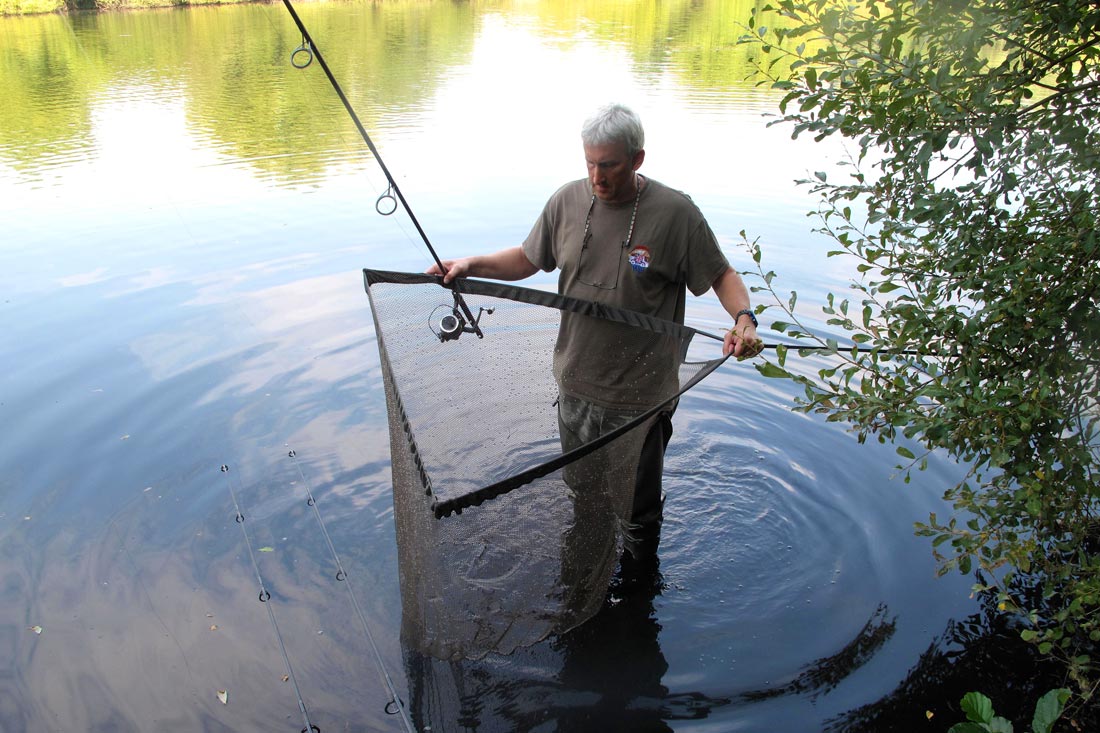

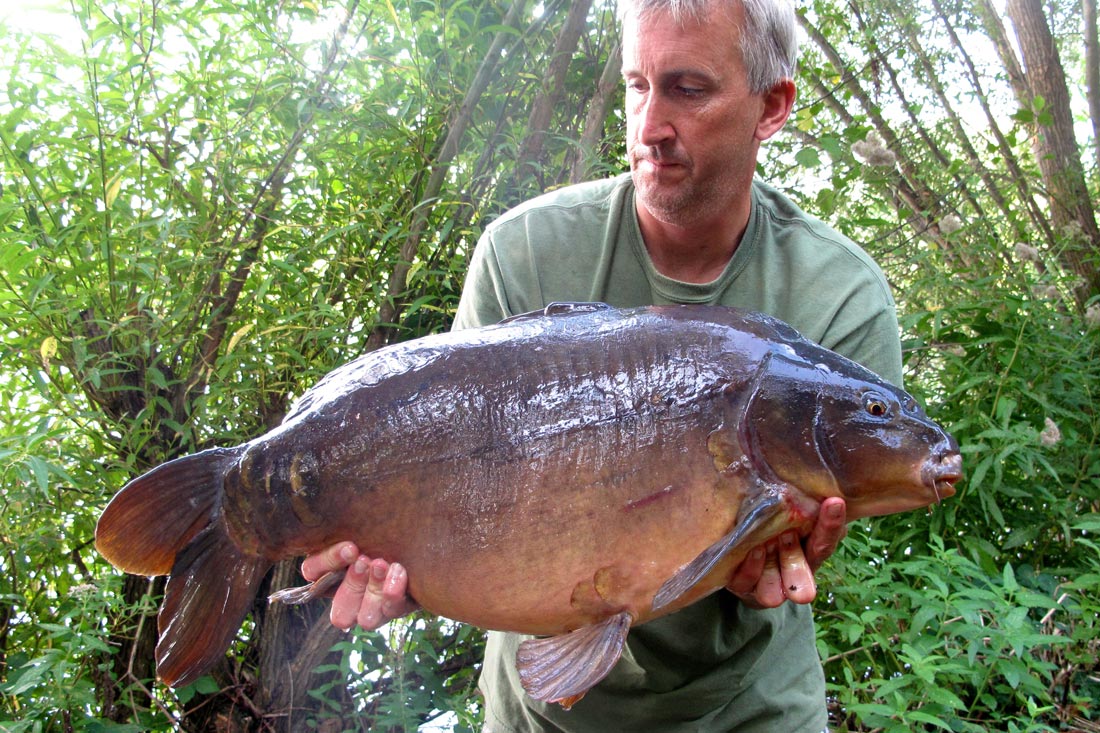
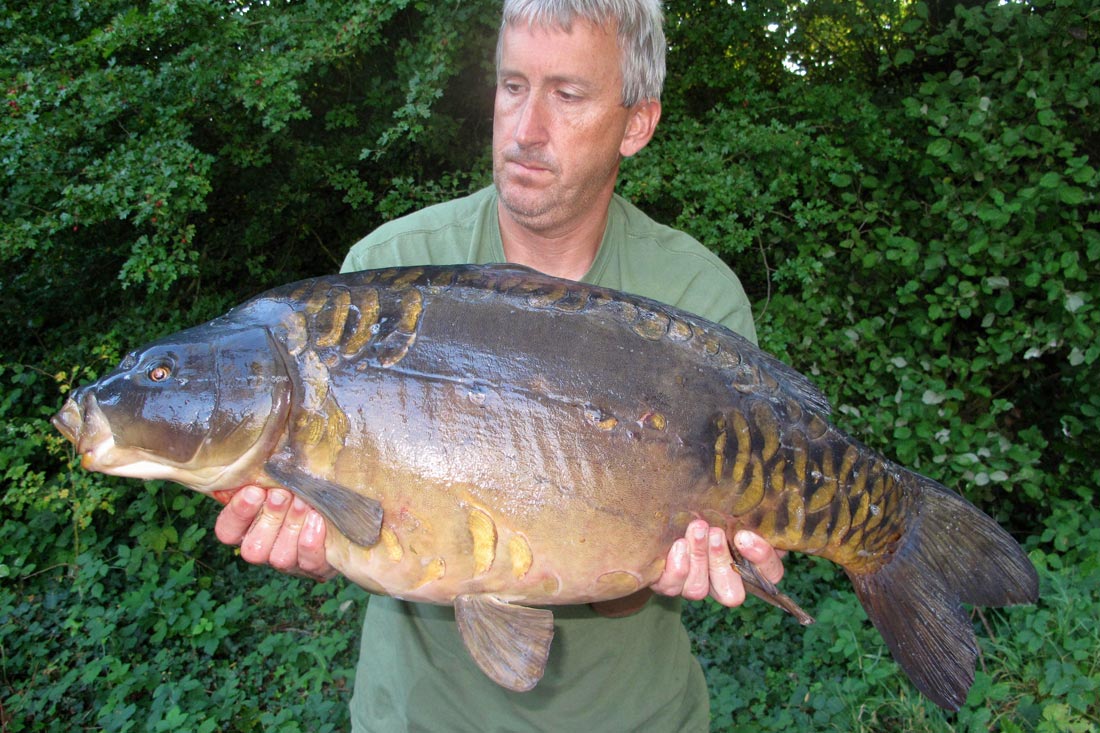
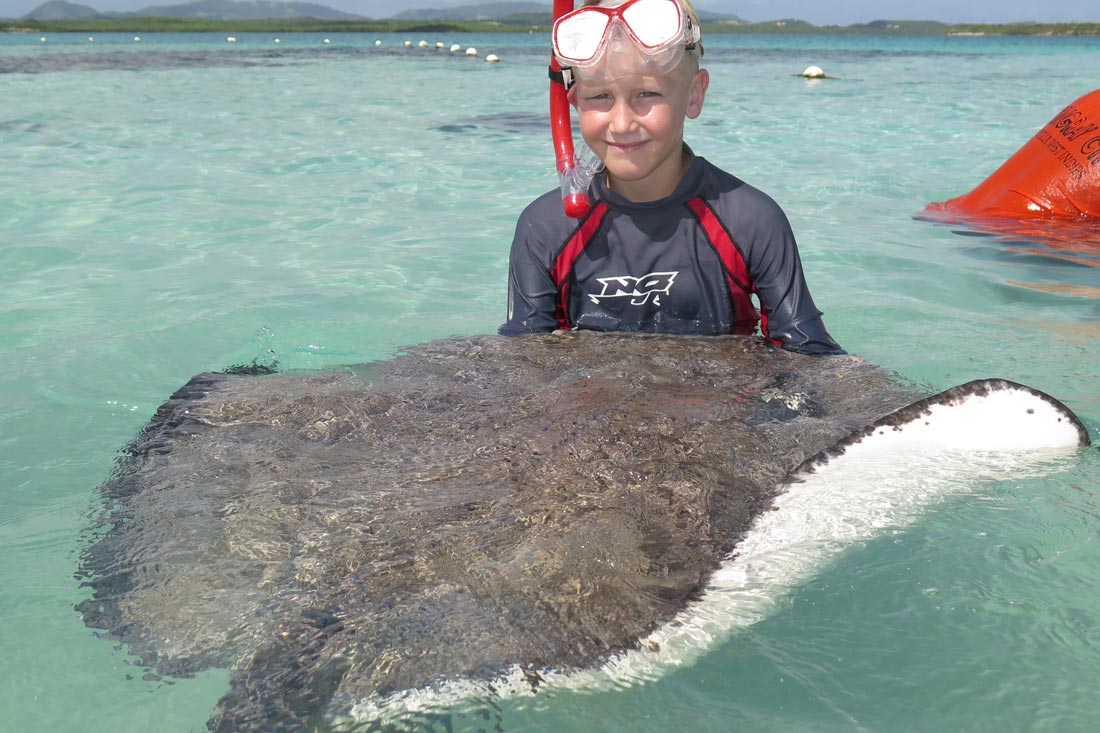
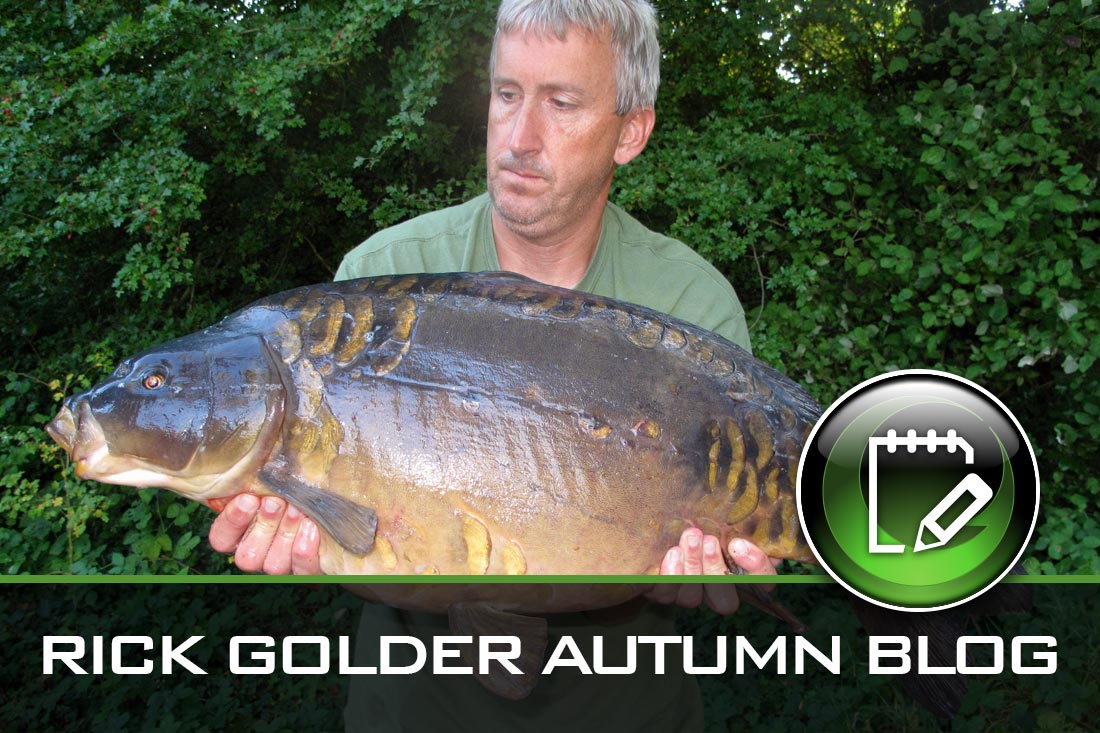
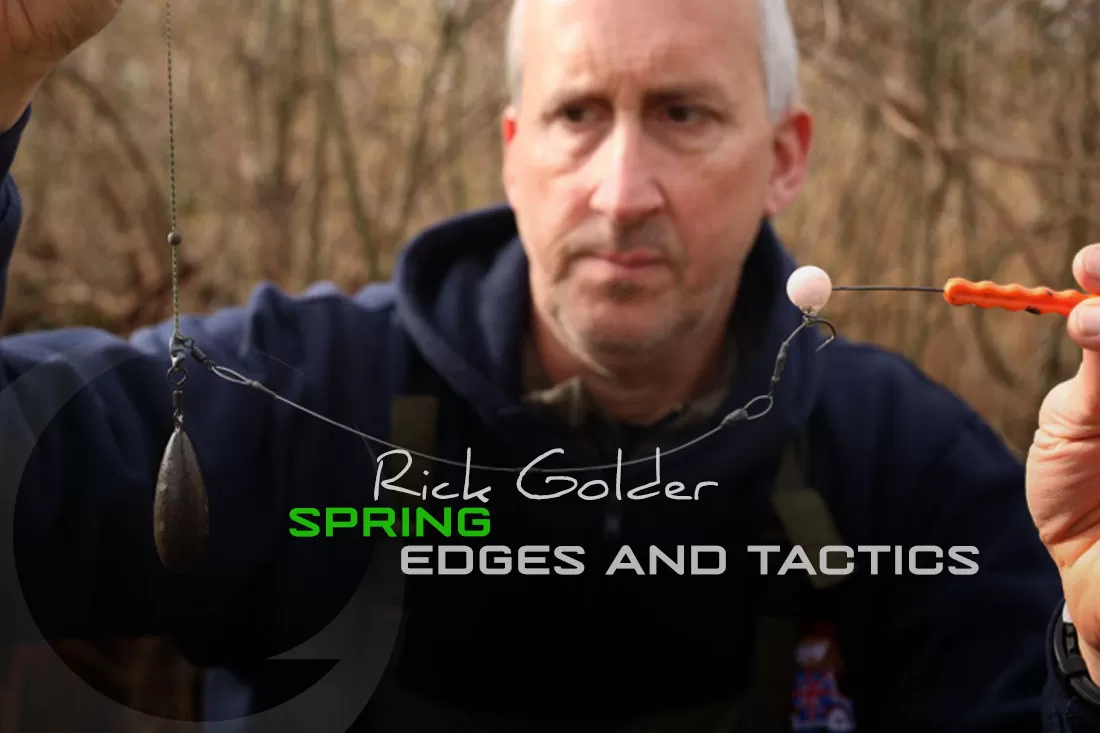
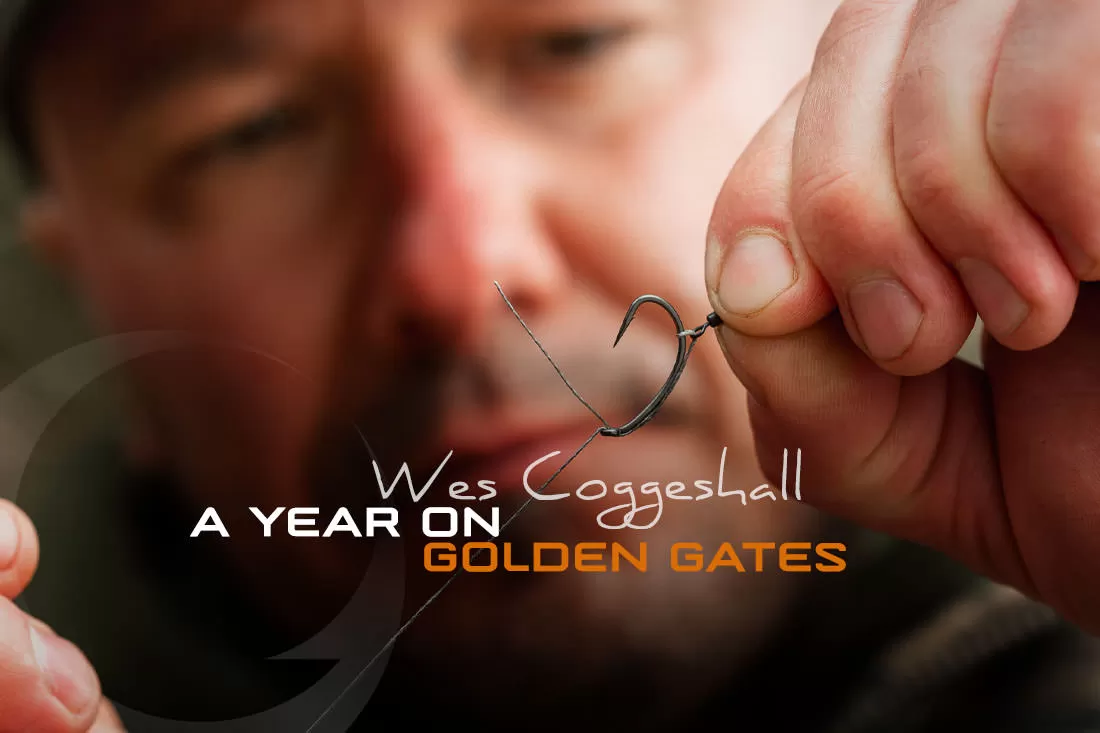
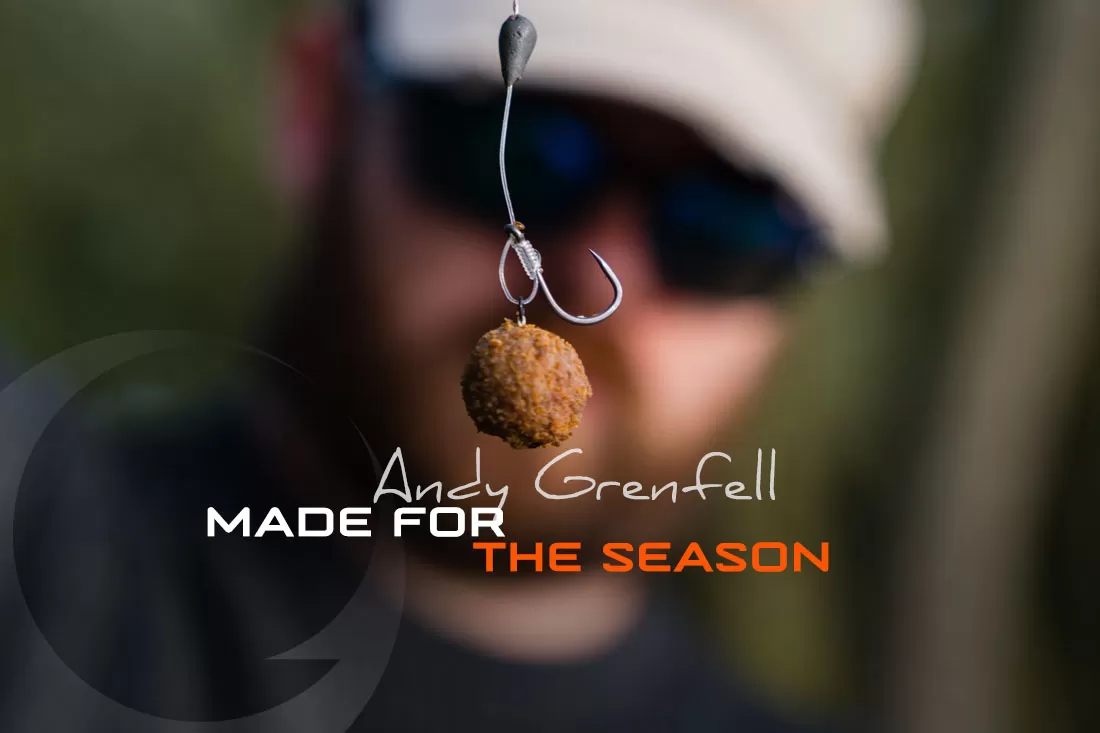
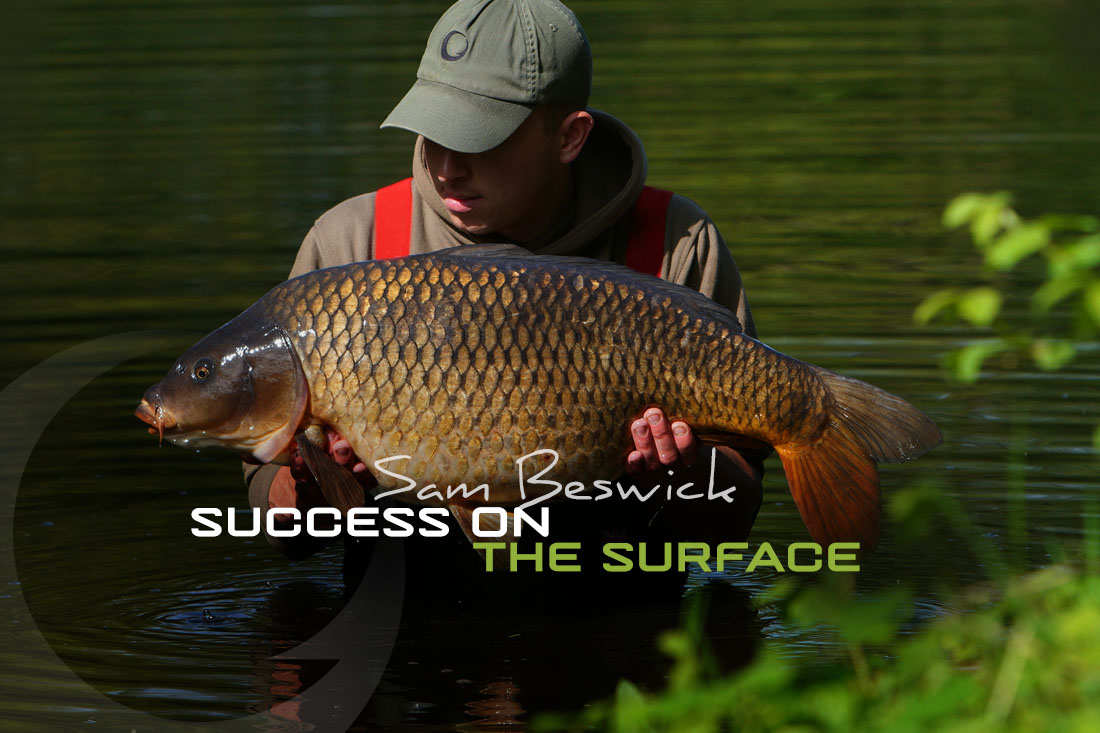
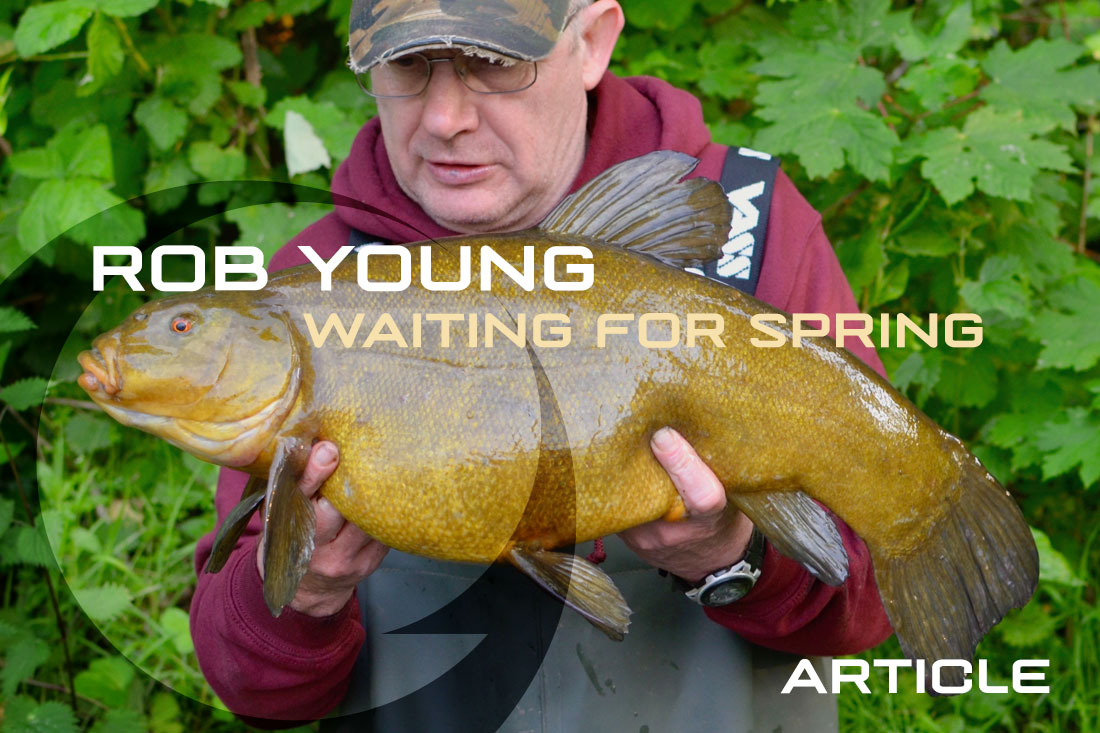
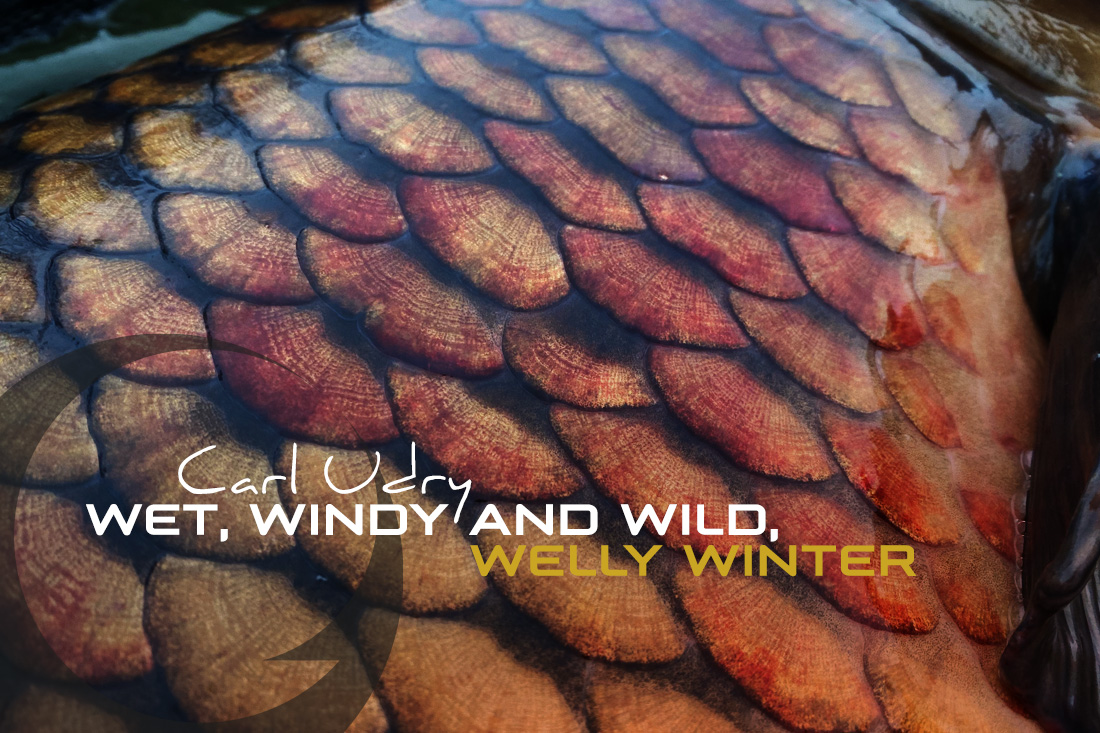
Leave A Comment